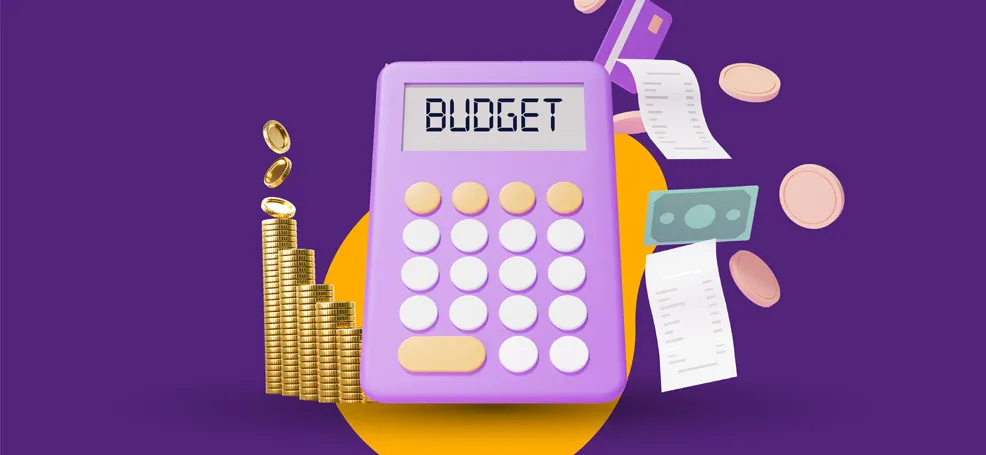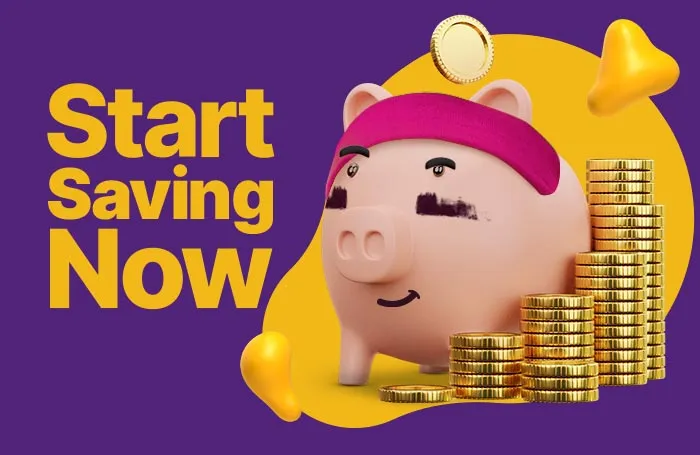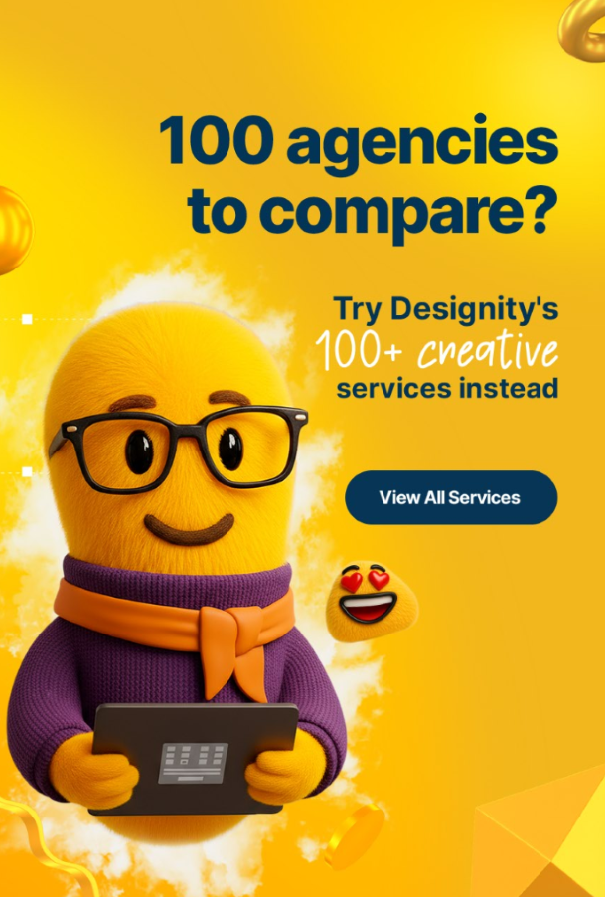As creatives, especially freelance creatives, the fact that we are officially in a recession may freak you out.
And who could blame you?
If you’re old enough to remember the Great Recession (2008), then you are right to be concerned, but the good news is that not all recessions are made equal. This recession is not like the housing bubble that burst in 2008, nor is it like the rampant job shortages of the Great Depression.
2022 is an entirely new type of recession, one that has been in motion since before 2020 put the world on a time-out. The pandemic acted as a catalyst, and the production delays led to supply chain issues, not to mention this labor shortage that’s unlike anything we’ve ever experienced before.
In this blog, we’re going to give you some tips to help you financially prepare for this recession, and some easy ways for you to start a healthy financial plan.
What type of consumer are you?
In our last blog (for clients), we wrote extensively about re-segmenting consumers into recession buckets. This is equally important for you, as said consumer, because it can help you identify your spending strengths and weaknesses.
Here are the four buckets that we wrote about and some key characteristics of each one.
The hard stop: These consumers are typically the ones who feel the impacts of the recession much harder and faster than the other three categories. These consumers typically live paycheck to paycheck and may not have the means to spend frivolously.
People who are financially comfortable but risk-averse may also fall into this category. They will only shop for necessities.
<div class="c-blog_comp-cta cc-component-2"><div class="c-blog_comp-cta-left"><div class="c-blog_comp-cta-left-wrap"><img src="https://global-uploads.webflow.com/61cdf3c5e0b8155f19e0105b/63695243d096983691046ac3_Potential-Creative.png" loading="lazy" alt="" class="c-blog_comp-cta-left-img"></div></div><div class="c-blog_comp-cta-right cc-dark"><div class="c-blog_comp-content"><div class="c-text-wrapper cc-mb-32"><div class="c-title-4 cc-bold"><strong>Like to work as a freelancer with consistent income?</strong></div></div><div class="c-text-wrapper"><div class="c-text-2">Designity's collaborative model is designed to give you all of the perks of being a freelancer without the income instability.<br></div></div></div><div class="c-blog_comp-wrapper"><a href="http://designity.com/creatives" target="_blank" class="c-button w-button"><strong>Join Our Creative Community</strong></a></div></div></div>
The yellow light: These consumers are better off than the hard stop bracket, but are still wary enough to put a general stop to spending that isn’t for strict necessities. Although they limit their spending, they aren’t averse to a treat every once in a while.
Comfortable and steady: These consumers are typically in a higher economic bracket and are financially comfortable enough to barely notice the impacts of the recession at all.
They go about life, business as usual and while they are aware of higher gas and food prices, they aren’t likely to make sacrifices to make up for the costs.
YOLO: This is the group that justifies splurge purchases even if they can’t afford them (cell phones, cars, computers, designer clothes, etc.).
This is the ‘you only live once’ category. Our impulse buyers, and buyer’s remorse spenders. More likely to be younger generations and financially unhealthy consumers who buy most things on credit without a thought of the future impact of their purchases.
The key here is to be honest with yourself or this exercise won’t work. Which bucket do you fall into?
Creating a budget (that you can stick to).

Now that you’ve identified the type of consumer that you are, it’s time to assess your income and your spending habits by creating a budget. You’d be surprised at just how much you may be spending on unnecessary subscriptions. That’s money that you could be adding to your savings account!
The key to creating a budget that you can stick to is to give yourself a goal. This is where so many people fall off the wagon. Although you may know that your budget is for your financial health, without a goal (weekly savings, monthly savings on XYZ, budgeting for a trip), you are unlikely to stick with this routine.
If you aren’t a spreadsheets and numbers type of person, there are plenty of budgeting apps on the market that can help you reach your financial goals. No matter how you choose to build your emergency fund, just know that while you’re sacrificing unnecessary purchases right now, this will better prepare you for future economic downturns.
Here is a great resource to help you start saving money and get ahead of your savings goals.
Easy ways to save money.
A part of creating a budget is creating a healthy savings plan that will set you up for a rainy day. This savings plan is not a vacation fund or a backup for when you accidentally spend too much at Zara. Your savings account is invisible. Forget about the money that you allocate to it and pretend it doesn’t exist.
Here are three really super easy ways to save money:
Budgeting apps: Rocket Money is a great app that will tell you exactly how much you’re spending, where you’re spending it, and will analyze your subscriptions and cancel the ones that you don’t need.
You set the rules, but this is great for people who prefer to ditch the spreadsheets and take a visual approach.
A separate savings account: Your savings account should be different from your checking account. Research interest rates with your bank to ensure that whatever savings account you choose will appreciate in value over time.
Generic is just as good: It’s so easy to fall for great marketing campaigns and name brand labels, and we’ve all fallen victim to the Land O’ Lakes vs Publix brand debate. Considering the rate of inflation right now, the first place that you can start making adjustments is at the grocery store.
Don’t normalize insane prices because you want to see Kerrygold on your refrigerator shelf. Butter should never cost more than $10 unless it’s organic and being delivered to your door. Just buy the generic butter brand; your bank account will thank you later.
Don’t panic.

Take it from someone who came of age during the great recession, if there are two key pieces of advice that you should take home from this article, it’s don’t panic and learn to monetize your skills.
As creatives, we’re in an especially unique situation because companies are quick to let us go when the going gets tough, but just as quick to hire us as freelancers. If you lose your job, make sure that you have a long-term plan in place.
Now is the time to start building your portfolio, refresh your website, update your resume, and spruce up your Linkedin profile. Educate yourself about being a self-sustainable creative so that, no matter what, you’re always prepared for any outcome.
Although we are in the throes of yet another recession, as creatives, we have an advantage. Companies will always need graphic designers, copywriters, and web developers. We can do our jobs from anywhere, just be smart and start saving money now.
Do you have a recession financial plan in place?
























